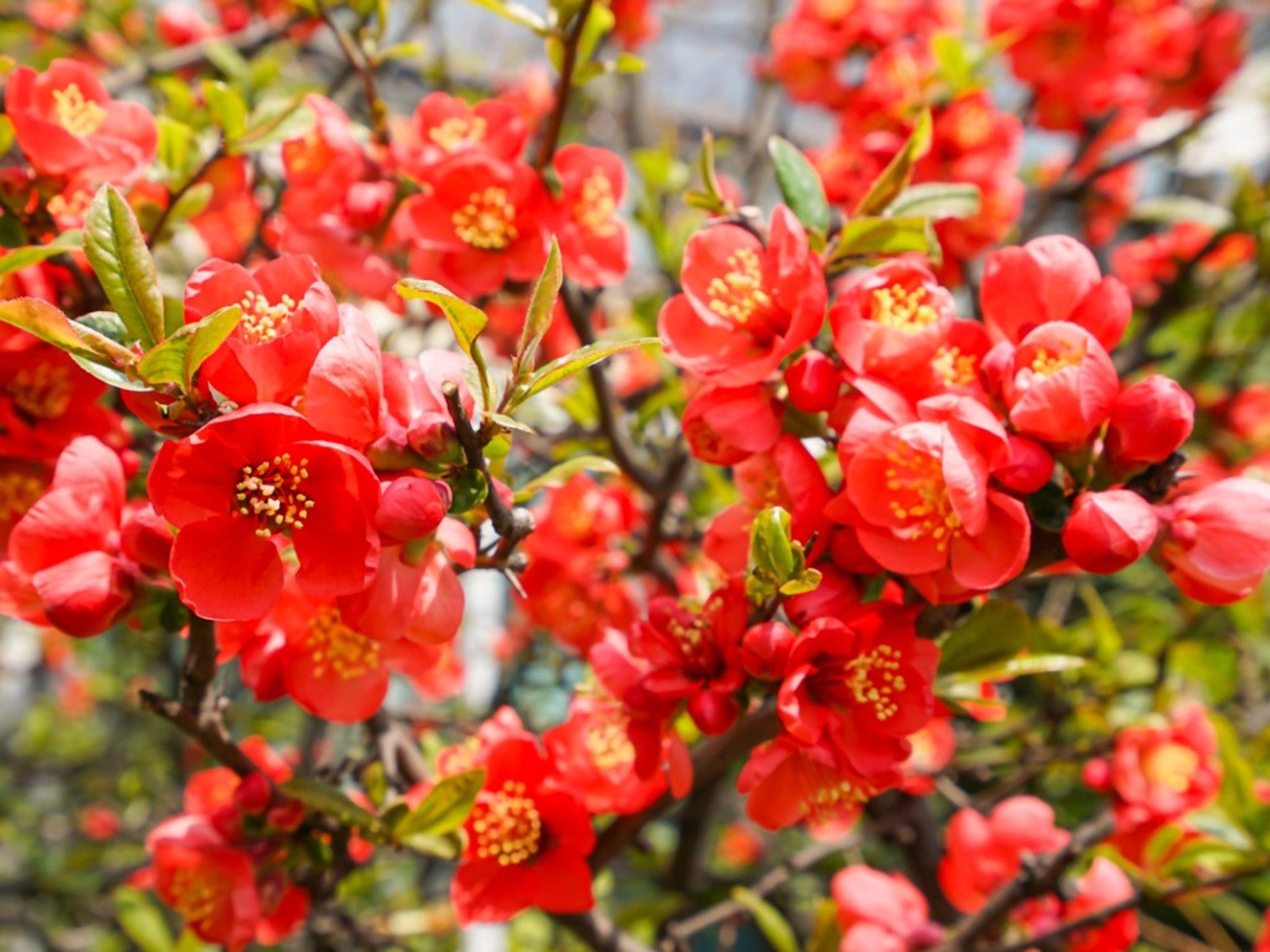Full Sun Shrubs And Bushes - List Of Full Sun Shrubs


It’s a little tricky to find shrubs for that shady spot in the garden, but you must be careful about which ones you site in full sun too. Not all bushes can serve as all-day sun shrubs.
What shrubs do well in full sun? There are more than a few. Here is a short list of full sun shrubs that are well worth your consideration.
Full Sun Shrubs and Bushes
“Full sun” is a little misleading as gardening phrases go. All day sun shrubs do not require, nor can most grow happily, in a site with 12 hours of sun a day.
Rather, full sun shrubs and bushes are those that thrive with some six hours of direct sunlight most days. Even so, some direct sun shrubs may prefer a little protection from the blazing sun of a summer afternoon.
Native Shrubs for Full Sun
Not all direct sun shrubs are native shrubs, but when you are selecting options for your garden, native shrubs have many advantages. First, native shrubs are used to taking care of themselves, which makes them relatively maintenance free in the garden. They are happy in the climate and are genetically prepared for native insects, pests and weeds in the area.
There are many native plants that qualify as full sun shrubs and bushes. They include fragrant sumac, witch-hazel, summersweet, viburnum and buttonbush. Native direct sun shrubs that provide fruit include winterberry, inkberry, and chokeberry – both red and black.
List of Full Sun Shrubs that Flower
Flowering shrubs are especially welcome in a summer garden. Most flowering shrubs need some sun and some like full sun sites.
Sign up for the Gardening Know How newsletter today and receive a free copy of our e-book "How to Grow Delicious Tomatoes".
Here’s a short list of full sun shrubs that will light up your garden with flowers and attract butterflies, bees and hummingbirds too:
- Butterfly bush (Buddleja davidii, Zones 5 to 9) is a magnet for pollinators and pleases humans as well with its tall trunk and bright spikes of flowers that never seem to stop coming in growing season.
- Spirea (Spiraea, Zones 3 to 8) works well where a shorter shrub is needed. But despite its compact size, it packs a real visual punch in summer when it is covered with masses of buttercup-yellow flowers.
- Viburnum (Viburnum, Zones 2 to 9) is extremely easy to grow and offers year-round pleasure with flowers followed by an autumn display and berries that remain on the bush into winter.
- Crape Myrtle (Lagerstroemia indica, Zones 7 to 9) is extremely popular in the South given its spectacular summer flowers last through September, calling butyterflies and bees right into the garden

Teo Spengler is a master gardener and a docent at the San Francisco Botanical Garden, where she hosts public tours. She has studied horticulture and written about nature, trees, plants, and gardening for more than two decades, following a career as an attorney and legal writer. Her extended family includes some 30 houseplants and hundreds of outdoor plants, including 250 trees, which are her main passion. Spengler currently splits her life between San Francisco and the French Basque Country, though she was raised in Alaska, giving her experience of gardening in a range of climates.